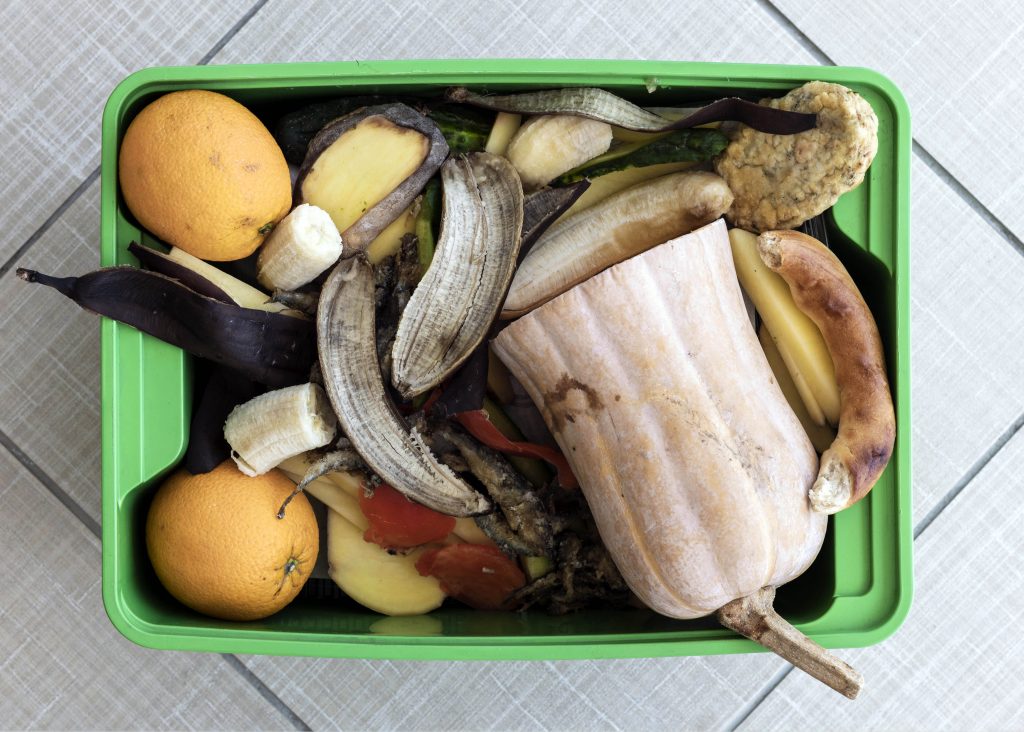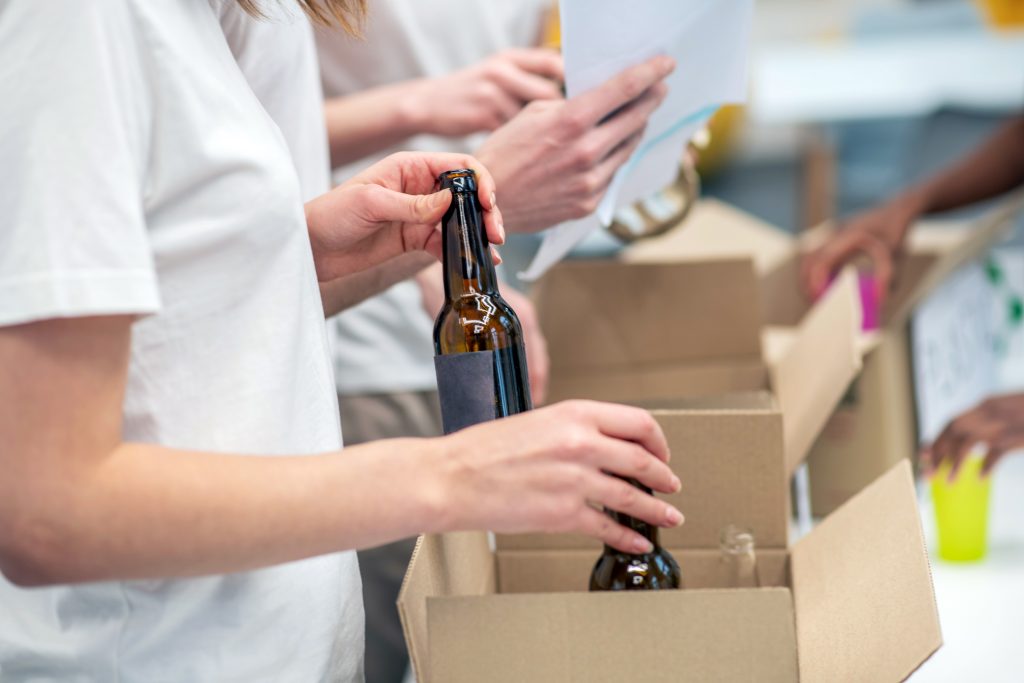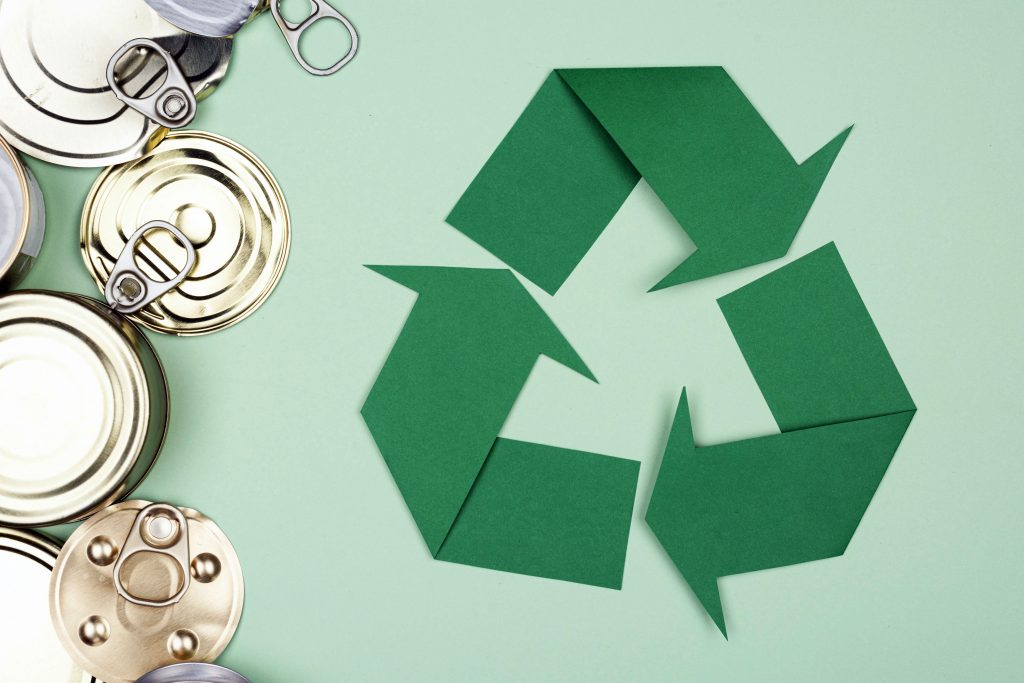15+ Top Office Recycling Facts and Stats (By Material)

These office recycling facts and statistics are quite amazing!
Recycling at work is a critical part of the waste reduction ecosystem. Without green teams and members of staff who care about material disposal at work, recycling rates would be much lower. Your business is a key player in the fight against wish-cycling and slowing climate change.

According to the EPA, 45% of all municipal solid waste (MSW) is created at work.
With that in mind, it’s up to every business owner and corporate sustainability manager to be fully aware of their role in the broader picture. Here are 15 of the latest office recycling facts and statistics that impact the business sector.
See how your company stacks up and where you can improve this year.
Paper and Cardboard Recycling Facts
#1: The American Forest and Paper Association said that the US had a paper recycling rate of 66.2% in 2019. Sadly, the Paperless Project argues that some 45% of office paper ends up at the landfill – which leaves a lot of improvement potential.

#2: According to the EPA, the average office worker produces about 2 pounds of paper and cardboard waste every single day. Gartner suggests that 3% of company revenue is spent on paper-related activities, and that 50% of all office waste is in fact, paper.
#3: Collectively American offices use about 4 million tons of copy paper every year. That’s the equivalent of chopping down 100 million trees. Recycling a single ton of paper saves 17 trees. Switching to recycled paper in the office would potentially save 68 million trees a year.
Food Recycling Stats
#4: Food takes up most of the space in our landfills, 22% of it in fact. It’s no secret that Americans throw away a lot of food, about 30-40% of the national food supply ends up in the trash. Does your company work to reduce this level of waste?

#5: Food waste comes from restaurants, grocery stores and service companies (40%), farms (16%) and manufacturers (2%). Every single one of these companies should consider their food waste impact, and devise ways to recycle their organic matter better. How do you manage food waste at the office?
#6: Composting has the potential to reduce food waste by 30%. The number of communities offering composting programs in the US has grown by 65% in recent years. Consider instituting a company-wide composting program to reduce food waste in your business.
You can read more about reducing food waste in your business here.
Plastic Recycling Statistics
#7: The overall national plastic recycling rate is low, only 8.7% in 2018, according to the American Chemistry Council and National Association for PET Container Resources. When your office recycles plastic, it contributes to massive energy savings and actively prevents the destruction of the ocean.

#8: Do your employees bring bottled water to work? In the US, 50 billion plastic water bottles were bought in 2016. One recycling statistic says that 50% of those bottles are only ever used once. The current recycling rate for bottles is about 23%, which means that most bottles end up in the landfill.
#9: Styrofoam is often found in canteens and office break rooms. About 1369 tons of it is sent to the landfill every day in the US. Worst of all is that it is a toxic substance! It leeches toxic chemicals into your food, and air – which makes people sick. Ban it from your workplace!
Glass Recycling Stats
#10: Glass never loses quality when it’s recycled, which means that if the glass isn’t shattered it can be recycled forever. It’s a highly sustainable material – which is just as well because when sent to the landfill it can take more than 4000 years to decompose. Make sure your office recycles glass bottles.

#11: When your company recycles glass it actively lowers your carbon footprint. Every 10% of glass recycled that is used in production, directly results in a 5% reduction in carbon emissions and energy savings of about 3%. If your business is eco-friendly, ramp up your glass recycling practices.
#12: According to Recycle Across America, more than 28 million glass bottles and jars are sent to the landfill every year. Size wise that’s the same as packing two Empire State Buildings full of trash every three weeks.
Aluminum Recycling Facts
#13: Aluminum cans are recycled at twice the rate of plastic bottles, according to a recent report by the Aluminum Association and Can Manufacturers Institute. In a convincing argument, the report goes on to say that aluminum is better than glass and plastic, because of its higher recycled content (73%) when compared to glass (23%) and plastic (3%). With these recycling facts in play, maybe it’s time to switch to cans at the office?

#14: According to a recent industry report in 2019, the can recycling rate dropped from 63.9% in 2018, to 55.9% in 2019. People are recycling less cans! That means your office can recycling program will make a difference.
#15: Recycling aluminum only uses 5% of the energy it requires to make a new can. Recycling these cans is so quick, a new can only takes 60 days to be used, recycled, and sold again from start to finish.
When your green team considers where to invest your recycling budget in future, consider these incredible facts before deciding what your office needs. From a top-notch can recycling program, to banning Styrofoam in the canteen – you’ll get a host of ideas from these recycling facts and statistics.
Which of these workplace facts jumped out at you and why? Tell us below.